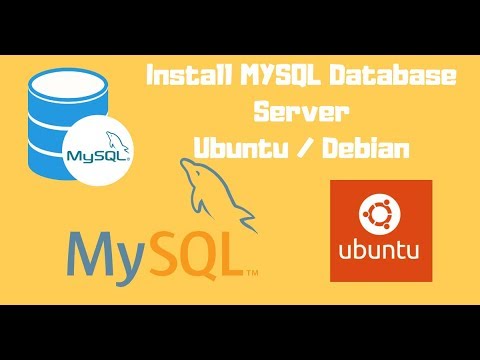

If you are using CentOS/RHEL/Fedora/Red Hat/Scientific Linux type the following yum command to install mysql: # rm -rfvi /etc/my.cnf /var/lib/mysql/ /var/log/mysqld.log Step #3: Reinstall mysql database server This system is receiving updates from RHN Classic or RHN Satellite. You can use subscription-manager to register. This system is not registered to Red Hat Subscription Management. Loaded plugins: product-id, rhnplugin, security, subscription-manager If you are using CentOS/RHEL/Fedora/Red Hat/Scientific Linux type the following yum command to uninstall mysql: $ sudo rm -rvfi /var/lib/mysql /etc/mysql/ /var/log/mysql*

Ldconfig deferred processing now taking placeĭelete config/database/log files using rm command: ĭpkg: warning: while removing mysql-common, directory '/etc/mysql' not empty so not removed. Purging configuration files for mysql-common. Purging configuration files for libmysqlclient18. Purging configuration files for mysql-server-5.5. 82128 files and directories currently installed.) Libdbd-mysql-perl* libmysqlclient18* mysql-client-5.5* mysql-common* mysql-server*Ġ upgraded, 0 newly installed, 6 to remove and 2 not upgraded.Īfter this operation, 67.3 MB disk space will be freed. Libnet-daemon-perl libdbi-perl libterm-readkey-perl mysql-server-core-5.5 mysql-client-core-5.5 The following packages were automatically installed and are no longer required: Package mysql-client is not installed, so not removed

$ sudo apt-get purge mysql-server mysql-common mysql-client If you are using Debian/Ubuntu Linux type the following apt-get command: I suggest that you read our previous guide “ HowTo: Migrate / Move MySQL Database And Users To New Server” for more information. Sample outputs: Dumping.blog cyberciti mysql.Done /root/mysql-files/08-12-2013 directory. # Author: nixCraft Under GPL v2.0+ # - NOW=$ ( date + "%d-%m-%Y" ) BAK= "/root/mysql-files/ $NOW" # SET ME FIRST # MUSER= "root" MPASS= "YOUR-ROOT-PASSWORD-HERE" MHOST= "localhost" MYSQL= " $(which mysql)" MYSQLDUMP= " $(which mysqldump)" GZIP= " $(which gzip)" if then mkdir -p $BAK elseįi DBS= " $($MYSQL -u $MUSER -h $MHOST -p$MPASS -Bse 'show databases')" echo -n "Dumping. # Note: Test only on RHEL/CentOS/Debian/Ubuntu Linux. #!/bin/sh # mysql-backup.sh: Dump MySQL databases.


 0 kommentar(er)
0 kommentar(er)
